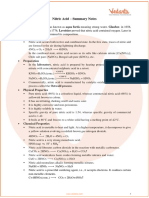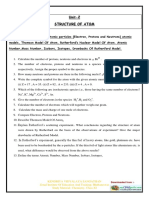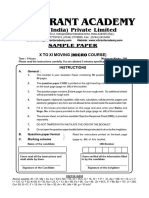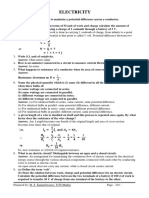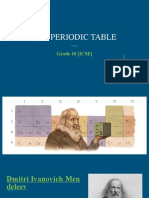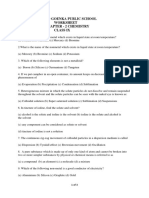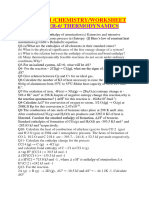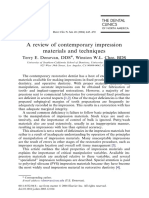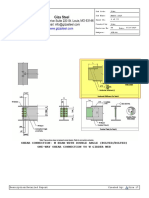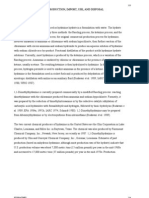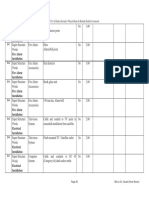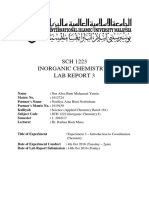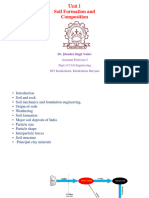0% found this document useful (0 votes)
846 views33 pagesClass 10 Chapter 8 Part II
1) The document is a chapter on organic chemistry from a 10th class textbook. It covers topics like hydrocarbons, alkanes, alkenes, and alkynes.
2) It defines hydrocarbons and divides them into saturated and unsaturated groups. Saturated hydrocarbons include alkanes while unsaturated include alkenes and alkynes.
3) Tables compare the properties of saturated and unsaturated compounds like their molecular formulas, bonding, and characteristic reactions.
Uploaded by
ganeshCopyright
© © All Rights Reserved
We take content rights seriously. If you suspect this is your content, claim it here.
Available Formats
Download as PDF, TXT or read online on Scribd
0% found this document useful (0 votes)
846 views33 pagesClass 10 Chapter 8 Part II
1) The document is a chapter on organic chemistry from a 10th class textbook. It covers topics like hydrocarbons, alkanes, alkenes, and alkynes.
2) It defines hydrocarbons and divides them into saturated and unsaturated groups. Saturated hydrocarbons include alkanes while unsaturated include alkenes and alkynes.
3) Tables compare the properties of saturated and unsaturated compounds like their molecular formulas, bonding, and characteristic reactions.
Uploaded by
ganeshCopyright
© © All Rights Reserved
We take content rights seriously. If you suspect this is your content, claim it here.
Available Formats
Download as PDF, TXT or read online on Scribd
/ 33
